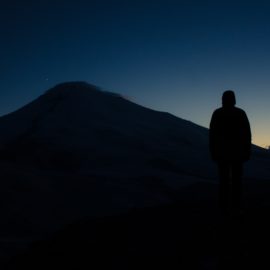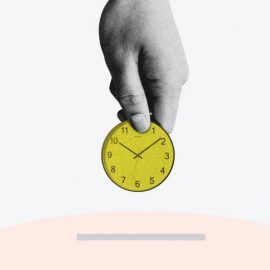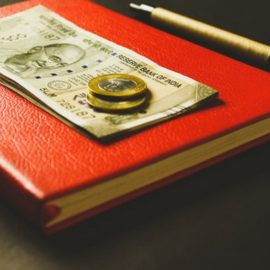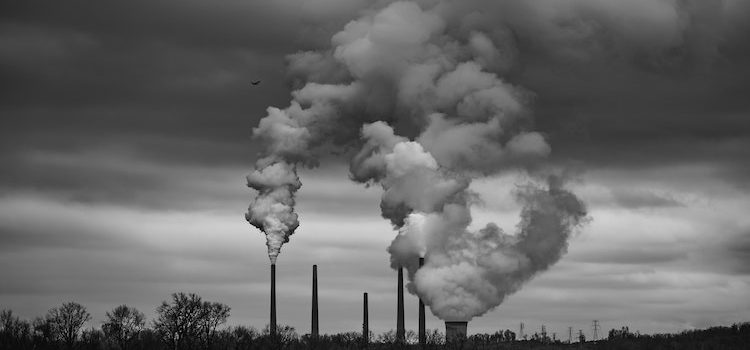
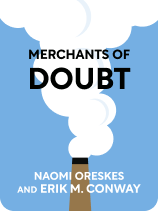
This article is an excerpt from the Shortform book guide to "Merchants of Doubt" by Naomi Oreskes and Erik M. Conway. Shortform has the world's best summaries and analyses of books you should be reading.
Like this article? Sign up for a free trial here .
What is the historical connection between the environment and economics? How do economic interests impact environmental policy?
In Merchants of Doubt, historians Naomi Oreskes and Erik Conway look at the tense relationship between the environment and economics. They explain why environmental issues are major targets for merchants of doubt—people or organizations who discredit science that threatens their agenda or ideology.
Read more to learn about the historic connection between the environment and economics.
The Link Between the Environment and Economics
Environmental issues are thorny for a few reasons.
1. They often expose market failure. Markets don’t self-regulate when it comes to pollution or environmental damage because their effects don’t contribute to the cost of a service or good. When markets fail, governments often intervene.
Because of the link between the environment and economics, environmental issues are major targets for merchants of doubt (MODs), who support free-market economics and abhor government interference.
There are three major ways the government intervenes:
- Cap-and-trade. The government sells a limited number of permits to pollute, and companies can buy or trade them. This makes pollution part of the free market system.
- Direct R&D funding. The government funds programs that will reduce pollution and environmental damage.
- Regulation. The government legislates how much companies can pollute. Researchers at Carnegie Mellon found that regulation is likely the most effective intervention because it encourages innovation—companies have to figure out a way to meet pollution targets, so they’ll invest in their own R&D and may come up with solutions that actually save them money and are a competitive advantage.
2. Science is never completely certain, so when it comes to informing policy, policymakers have to judge whether what is known is enough to outweigh what isn’t and justify action.
3. To best prevent damage, regulation often needs to happen before the damage actually occurs. This creates the following challenges:
- Scientists can’t necessarily prove something is bad for the environment because the evidence is the damage they’re trying to avoid.
- Merchants of doubt can more legitimately bring up uncertainty and lack of proof to delay regulation.
- Regulators need to keep reevaluating and updating policy as scientists discover more.
- The link between the environment and economics is complex. It’s hard to put a number on the value of clean air and species conservation. It’s a lot easier to do the math on how expensive it is to reduce pollution. Usually, the more a policy will cost, the more certainty that’s required.
A History of U.S. Environmentalism
In the first two-thirds of the 19th century, environmentalism was “preservationist”—focused on preserving natural places. This kind of environmentalism was popular and bipartisan—many people valued outdoor recreation and aesthetics and felt that preserving the environment was moral. (For example, when the U.S. Senate and House of Representatives voted on the 1964 Wilderness Act, it passed by a landslide.) Some environmentalists were interested in science, but people didn’t need proof to see the value in nature.
Eventually, the U.S. saw the emergence of the thorny relationship between the environment and economics. During Nixon’s term (1969-1974), scientists and the population began to realize that economic activity polluted the environment, often unintentionally. Environmentalism shifted toward pollution prevention. The government started to regulate industry when science showed a need. (For example, the government established regulatory bodies such as the Environmental Protection Agency and legislation such as the Clean Water Act.)
People also started to realize:
- Local pollution could have larger implications. (Shortform example: If a gardener used pesticides in her yard, the pesticides might run off into the lake and affect her entire town’s water supply.)
- Free market capitalism comes with huge external costs. External costs don’t come with any benefit (you haven’t gotten anything good for the money you’ve spent) and often the people who pay for them wouldn’t have chosen to “buy” them. (Shortform example: The gardener doesn’t gain anything from having polluted the lake, and city hall will have to pay to clean up the water supply. The city probably would have chosen not to pollute so it wouldn’t have to pay the costs.)
During Reagan’s term (1981-1989), the Republican Party shifted away from both preservation and regulation. This shift would often put the government in conflict with science.
The tense relationship between the environment and economics is part of the fabric of history and a factor in the doubt-mongering that has been a part of the debate.

———End of Preview———
Like what you just read? Read the rest of the world's best book summary and analysis of Naomi Oreskes and Erik M. Conway's "Merchants of Doubt" at Shortform .
Here's what you'll find in our full Merchants of Doubt summary :
- How doubt-mongering techniques are used to discredit those who threaten a person or company's agenda
- The 10 most common doubt-mongering techniques
- Steps you can take to protect yourself from doubt-mongering


